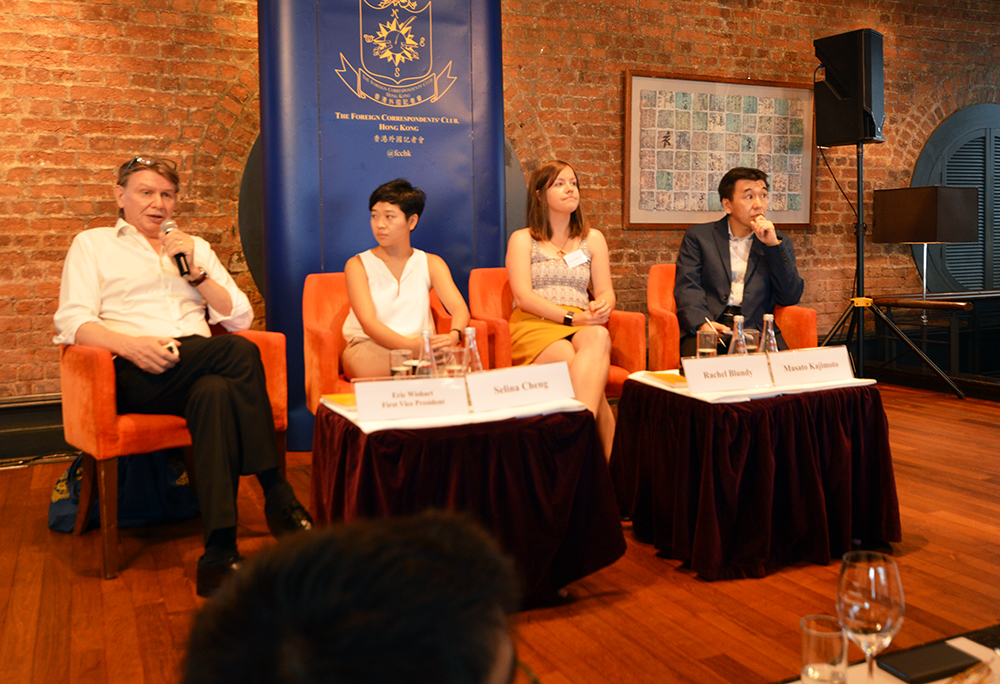
How fake news is shaping the Hong Kong protests
The phenomenon of fake news and the spreading of disinformation have increased sharply since the Hong Kong protests began, with conspiracy theories in particular taking off in recent months.
These were the observations offered by three experts who have been covering the protests since June. They were taking part in the September 12 panel on the topic.
Rachel Blundy, a fact-checker for Agence France-Presse, revealed how her team analyses claims being made on social media and investigates them to debunk fake news. Joining her on the panel was HK01’s Selina Cheng, who gave examples of fake news stories and how they quickly spread. “If the story sounds too good to be true, it probably is,” she said.
Masato Kajimoto, an assistant professor of practice at the Journalism and Media Studies Centre (JMSC), the University of Hong Kong, discussed China’s propaganda war and its attempts to smear the pro-democracy camp through the spread of fake news. He added that the more polarising the topic is, the easier it is for people to believe misinformation.
The discussion was the latest in the FCC’s series of workshops for journalists covering the ongoing Hong Kong protests. You can find the rest of the series here.
Watch the video




















